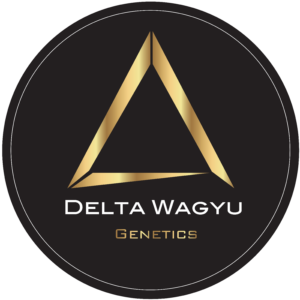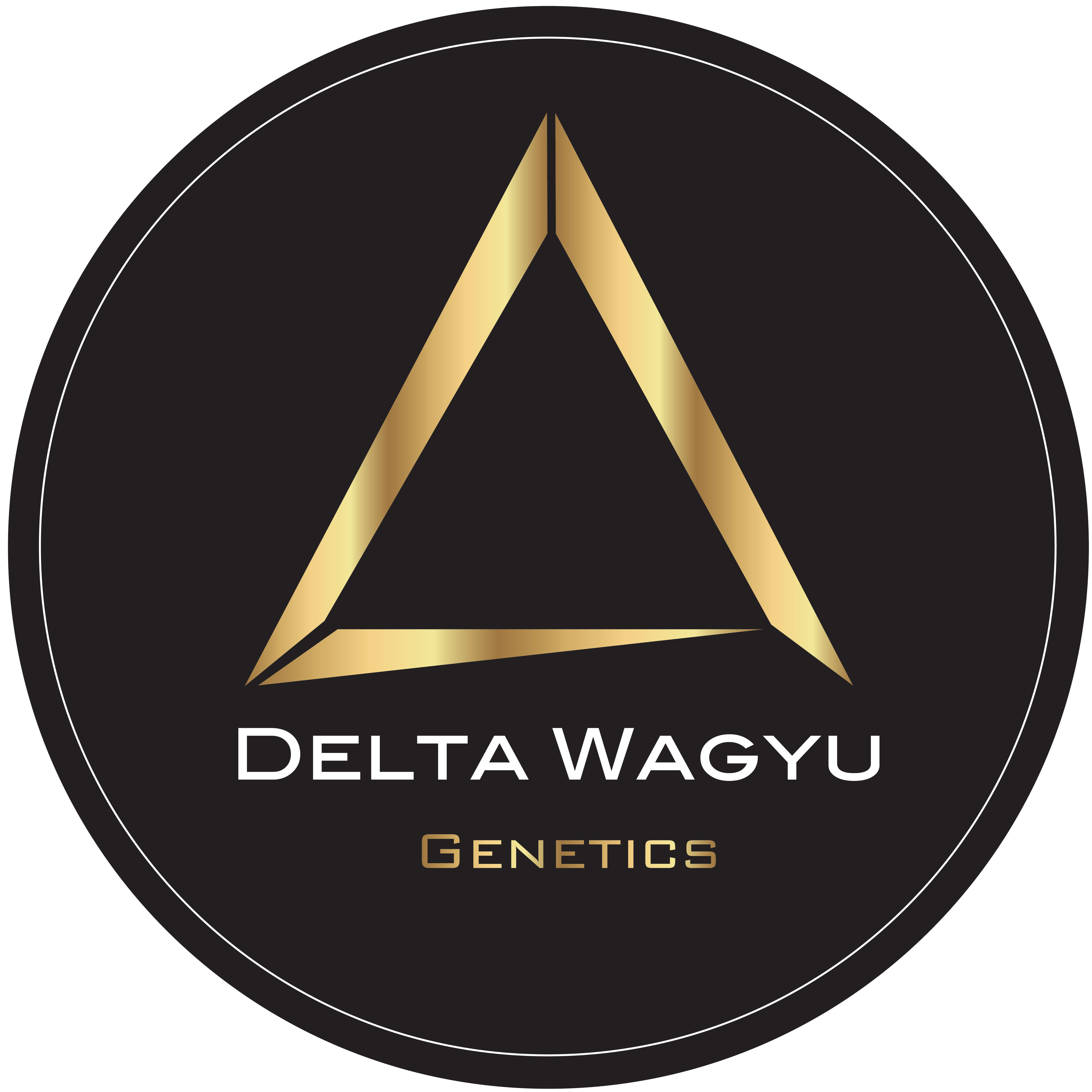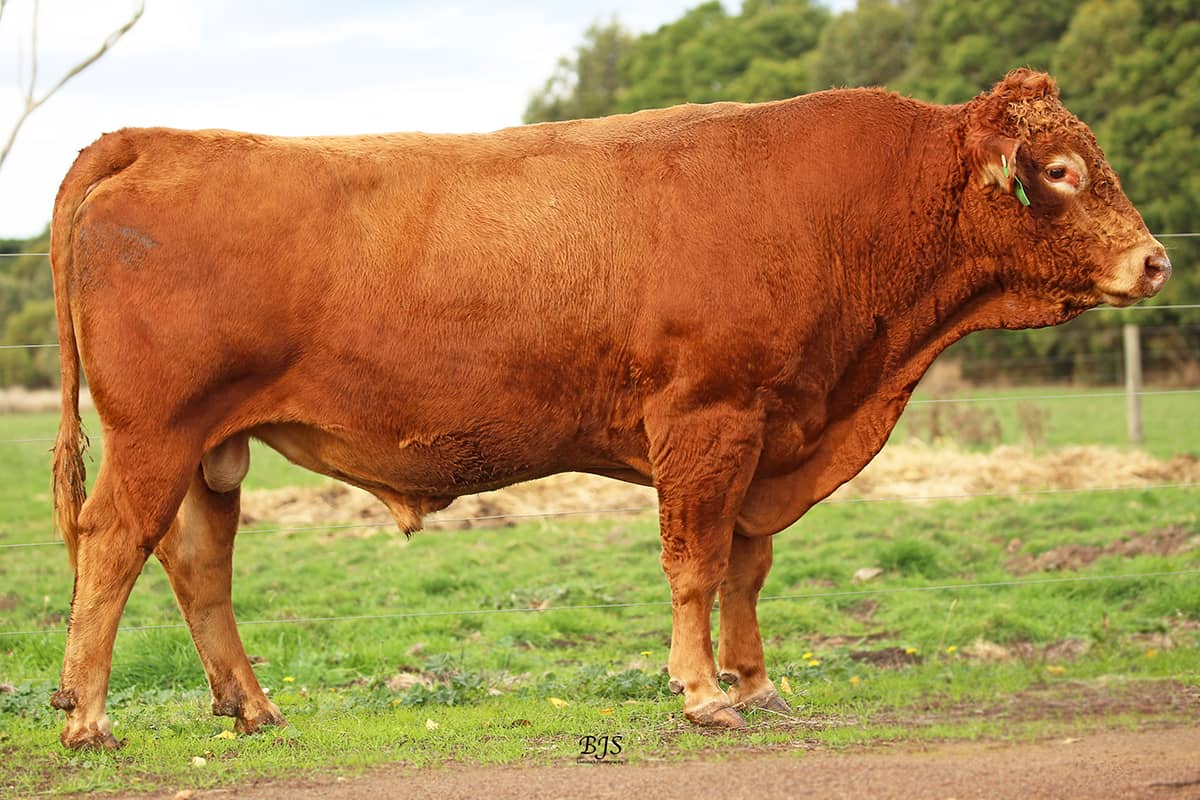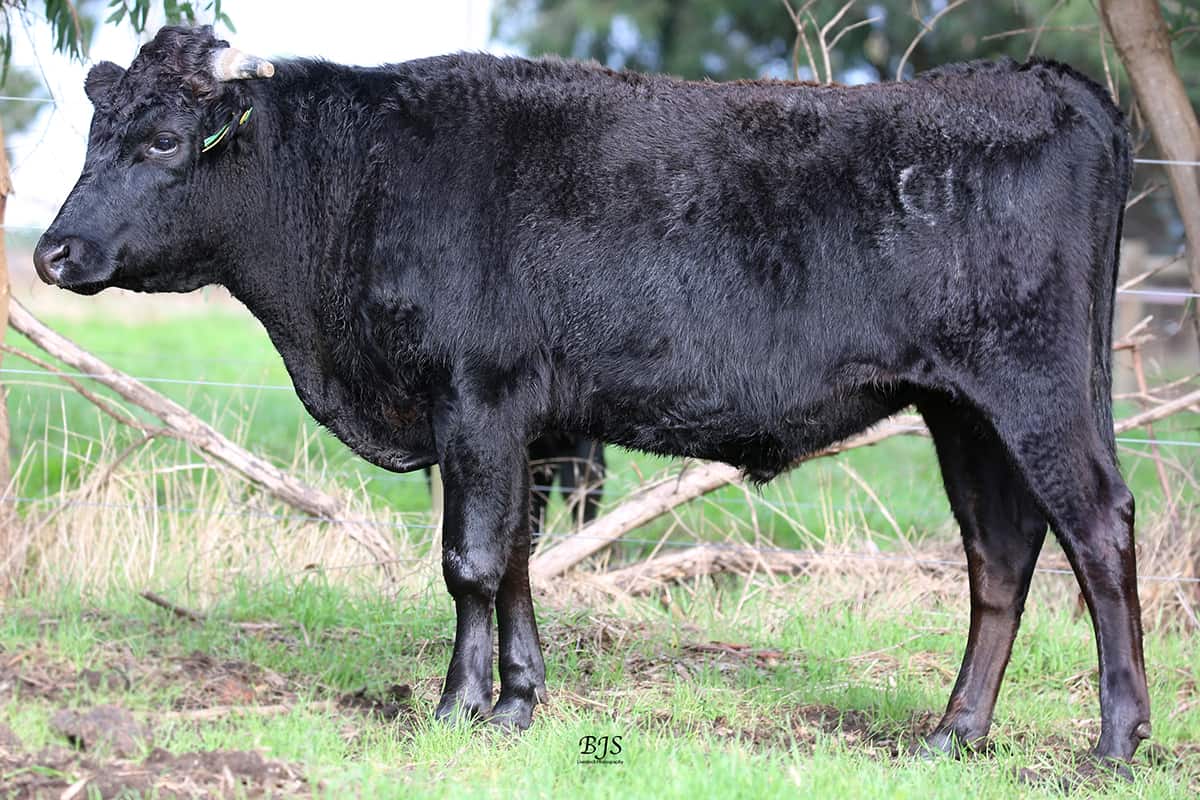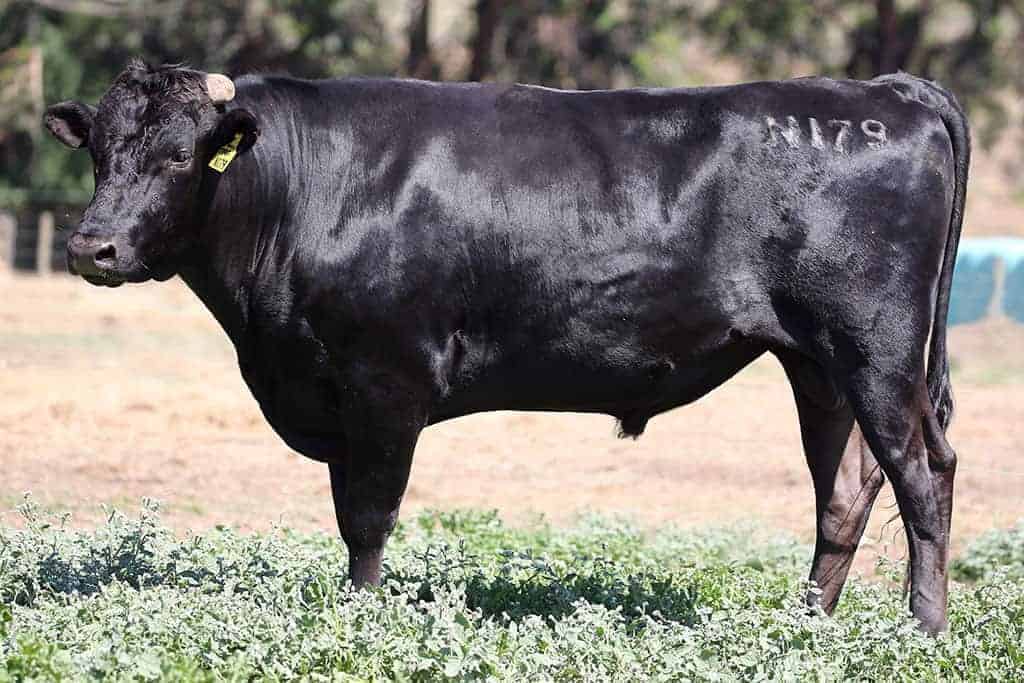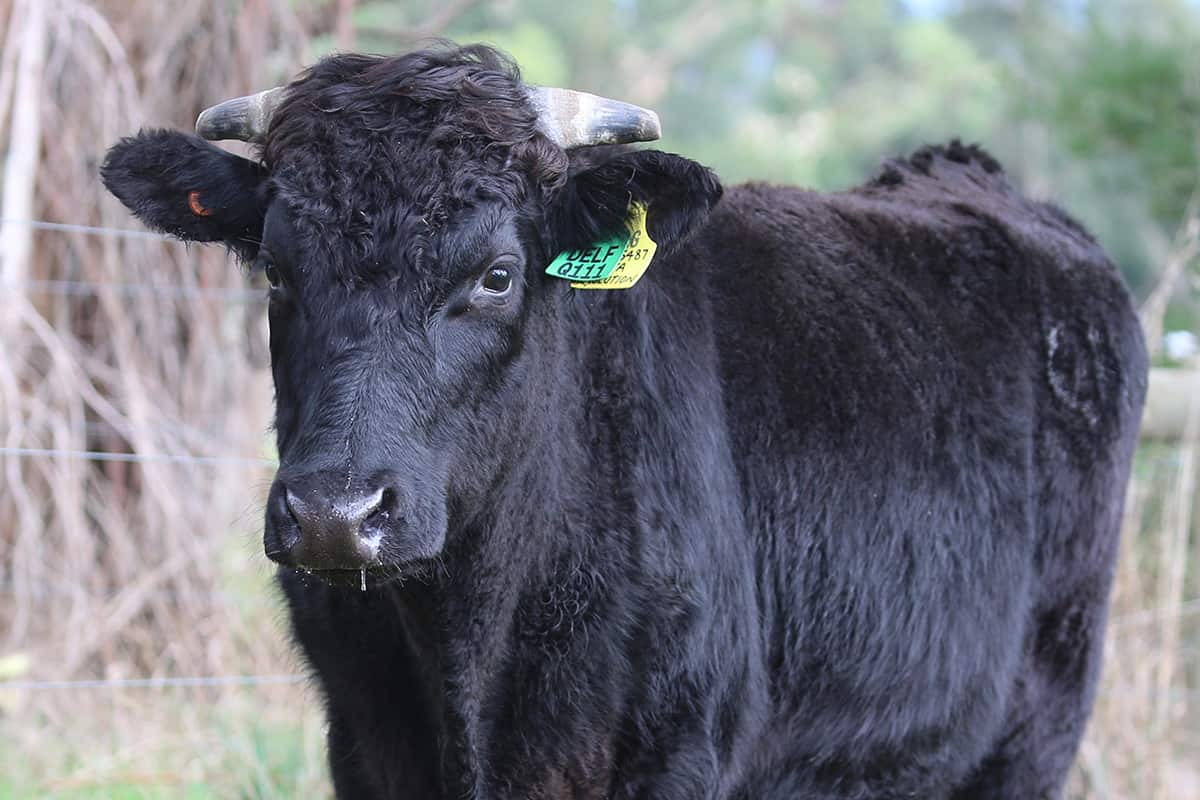Why Wagyu?
Wagyu beef is known worldwide for its melt-in-your-mouth texture, depth of flavour and tenderness.
Wagyu History
Wagyu beef is known worldwide for its melt-in-your-mouth texture, depth of flavour and tenderness.
Australia was at the forefront of Fullblood Wagyu imports from Japan, through the US, in the early 1990’s, establishing a strong base of outstanding Fullblood genetics across each of the three major Wagyu blood lines. Wagyu has been a natural fit with the Japanese orientated long-fed Australian feedlot industry, making Australia the leading Wagyu seedstock and beef producer outside Japan.
The Australian Wagyu breeding industry has very successfully used these genetics to improve the capability of the Australian Fullblood Wagyu cattle to perform in a wide variety of climatic conditions, producing larger carcasses and developing a worldwide recognition of exquisite eating quality.
The Fullblood Wagyu is unsurpassed for its marbling and superb eating quality. This comes from its much higher oleic acid content, compared to other breeds, with this softer unsaturated fat and finer meat texture making Wagyu not only better tasting beef, but also healthier.
Australian beef producers have quickly recognised that the superior genetic qualities of Wagyu are easily cross bred into other breeds. Angus and dairy Holsteins are the predominant breeds for cross breeding, to improve meat quality and dollar value, as marbling is the most influential component of meat taste and tenderness.
The Wagyu Breed
Japanese Wagyu derive from native Asian cattle, which were infused with British and European breeds in the late 1800’s. Although the breed was closed to outside breed lines in 1910, regional isolation has produced a number of different blood lines with varying conformation. These breeding differences have produced a Japanese national Wagyu herd which comprises 90% horned black hided, with the remainder being red.
The Japanese National Wagyu Registry Association registers three breeds:
- Japanese Black (Wagyu)
- Japanese Brown
- Japanese Polled Black .
Three major black blood lines evolved due to regional geographic isolation in Japan:
Tajima or Tajiri – originating from the Hyogo prefecture, these cattle were used to pull carts and ploughs so they developed larger forequarters and lighter hindquarters. They are generally smaller framed with slower growth rates, but produce excellent meat quality with large eye muscle and superior marbling. They are considered ideal for the production of F1 cattle for slaughter.
The Tajima bloodlines are generally regarded as producing the best quality meat in all of Japan.
Shimane or Fujiyoshi – from the Okayama prefecture, Shimane cattle are medium framed with average growth rates and good meat quality.
Kedaka or Tottori – Wagyu from the Tottori prefecture were originally pack animals in the grain industry, so they are larger animals with straight, strong back lines and generally good growth rates. While their meat quality is variable, they provide the best blood lines for milking ability.
A combination of all 3 black bloodlines is often used for Fullblood meat production.
The red Wagyu (Akaushi) blood lines, Kochi and Kumamoto, have been strongly influenced by Korean and European breeds, particularly Simmental.
It is critical for Wagyu breeders to understand the characteristics of each blood line when cross breeding to produce higher quality Wagyu beef.
Uses Of Wagyu
Used both for meat production and in breeding programs. Wagyu is prized for the quality of meat with a high level of marbling and tenderness. These qualities have been constantly improved through breeding programs, particularly in the latter part of the 20th century. Wagyu is farmed on a significant scale in Japan, Australia and the USA. The quality of meat is however not only a result of breeding, but also how the cattle are treated. The best quality Wagyu beef in Japan will command a very high market price; but those cattle are given extreme care. They are fed high fibre food such as hay, wheat, bran, corn and soybean and priority is given to maintaining a stress free environment. As a result, marbling of meat is optimised.
Characteristics
Wagyu is a unique breed that has amongst its key attributes, other than the exquisite marbled beef quality, a high calving ease, excellent (docile) temperament, resilient in the feedlot and has a high (dressing percentage) carcass yield. Most important is the economic value derived from each animal, which is currently 100% more than pastoral cattle, sold at either the farm gate or as a long fed carcass.
Crossbreeding Wagyu with other breeds is alternative to Fullblood Wagyu breeding. The aim of crossbreeding is to introduce the Wagyu characteristics to enhance the carcass traits and other desirable traits of the Wagyu breed. Although introducing Wagyu into a herd is traditionally done to increase marbling and eating quality of the carcass, several producers have introduced Wagyu to increase fertility in their herd also.
Because they are genetically distinct from British, Continental, and American breeds, heterosis can be maximized by using Wagyu in a crossbreeding program. One such benefit is seen through the low birth weights associated with Wagyu but animals reach the large mature size of the crossed breed.
Marbling & Health Benefits
Beef is a significant source of healthy fats, including monounsaturated fat (MUFA) and conjugated linoleic acid. Wagyu beef is even better! It contains a much higher ratio of MUFA to saturated fat and it has been shown in human studies to improve cholesterol levels. MUFA’s primary component, oleic acid, is also associated with the rich flavor, soft and low melting point of the fat, and tenderness of the cooked beef. Compared to ordinary beef, Wagyu beef has 30% more CLA, which studies have shown reverses diabetes symptoms, reduces body fat and deters the build up of arterial plaque.
Calving Ease
Wagyu bulls are desirable for first crosses due to their high marbling characteristics passed on to the progeny. Many producers breed F1 or F2 progeny as terminal offspring using the Tajima genetics. Black Wagyu bulls offer many advantages to the commercial cattleman or the local beef producer, this includes calving ease. Low birth weights–about 45-55 pounds–make Wagyu perfect for first calf heifers. When used on Angus cows, average birth weights are 55-65 lbs.
